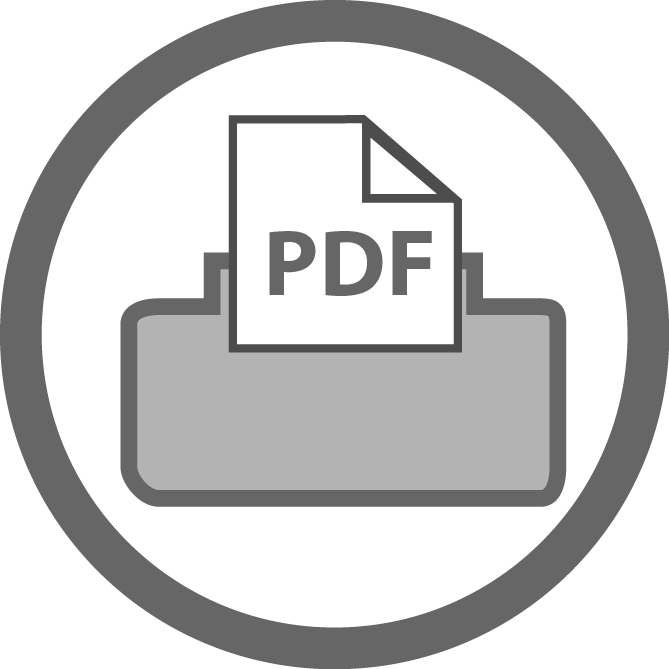 by Usha Lee McFarling
by Usha Lee McFarling
An article on the effects of climate change on Canada’s sovereignty.
Strategies/Skills Used
Reading Strategy 1: Access background knowledge.
Reading Strategy 2: Predict what will be learned or what will happen.
Reading Strategy 3: Figure out unknown words.
Reading Strategy 4: Self-monitor and self-correct.
Reading Strategy 6: Connect what you read with what you already know.
Reading Strategy 7: Determine the most important ideas and events and the relationship between them.
Reading Strategy 8: Extract information from text, charts, graphs, maps and illustrations.
Reading Strategy 11: Make inferences and draw conclusions.
Reading Strategy 12: Reflect and respond.
 TEACHING THE ACTIVITY: PRE-READING
TEACHING THE ACTIVITY: PRE-READING
 (1) Hand out the article, pointing out and discussing the article’s title, layout, non-textual aspects, subtitles, pictures, maps, etc.
(1) Hand out the article, pointing out and discussing the article’s title, layout, non-textual aspects, subtitles, pictures, maps, etc.
 (2) Have each student complete the Anticipation Guide handout for this article.
(2) Have each student complete the Anticipation Guide handout for this article.
(3) Discuss responses to the anticipation guide and clarify points as necessary.
(4) Have the class predict what the article is about.
(5) Have students discuss what they already know about the topic.
 TEACHING THE ACTIVITY: DURING READING
TEACHING THE ACTIVITY: DURING READING
(6) Read the article out loud and identify the highlights.
(7) While reading the text, have students use Bookmark. They place sticky notes to highlight questions, vocabulary or important points they may have.
(8) The teacher should, while reading, point out key words, concepts and ideas and help the students make connections to previous knowledge.
(9) Discussion can occur around challenging or new ideas.
(10) If you wish, read the first section of the article and model for the students what to do. The students can then read the next few by themselves. Then discuss what they have identified and why.
(11) Discuss as a class and refer back to Anticipation Guide discussions and predictions.
 TEACHING THE ACTIVITY: POST-READING
TEACHING THE ACTIVITY: POST-READING
(12) Ask students their first thoughts on their reading/setting the stage:
- What reaction do you think the writer is trying to provoke in his readers?
- Who do you think was the original intended audience for this article?
- Is it a primary or secondary source?
- Does the author have a reason to lie?
- Is it opinion or fact?
- Is it intended for a public or a private audience?
(14) Hand out the Cause and Effect Graphic Organizer and flip the cause/effect.
(15) What caused it to happen? Discuss/brainstorm with students the cause of the opening of the Northwest Passage as suggested by the article and other background knowledge. Place the main cause in the cause box.
(16) What are the important elements or factors that cause this effect? Discuss/brainstorm with students the effects (short term and long term) of the opening of the Northwest Passage according to PERSIA.
(17) Ask students, “How are these factors interrelated?” Get students to use inferences to make connections between causes and effects.
(18) Ask students, “How would the result change if the elements or factors were different?”
(19) Ask students, “Will these results always happen form these causes? Why/why not?” With students, investigate further the implications of the opening of the Northwest Passage. Answer the question, “What’s more important: protecting Canada’s sovereignty or protecting the state of the earth?” or “What are Canada’s challenges around this issue?”